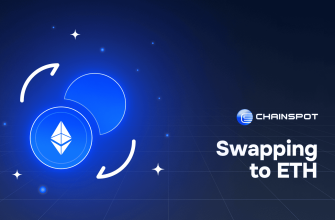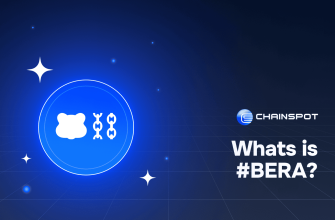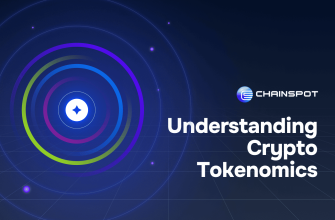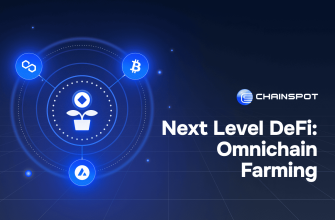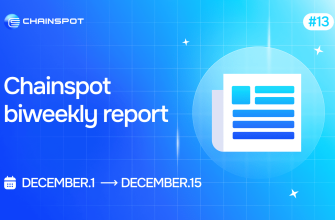Vitalik Buterin, the co-founder of Ethereum, expressed surprise at the level of “usage” observed on layer-2 networks following the recent Dencun upgrade, stating that it has been lower than anticipated.
During ETH Taipei on Thursday, Buterin responded to a question from Rug Radio about whether Dencun’s implementation surpassed his expectations. He hesitated to give a straightforward answer, saying,
“It depends what you mean by better.”
Buterin commended Ethereum’s developers for flawlessly implementing the Dencun upgrade. However, he noted that the contribution of Dencun to network traffic on layer-2 networks since its launch last Wednesday has been lower than expected.
“The amount of usage is interestingly low, right?” Buterin remarked.
Dencun introduced blobs, a novel data storage solution that allows layer-2 data to be stored on-chain temporarily, significantly reducing layer-2 gas fees. Ethereum core developers had hoped that layer-2 networks would utilize three blobs on average per block after Dencun, but current levels are about 67% lower than that target.
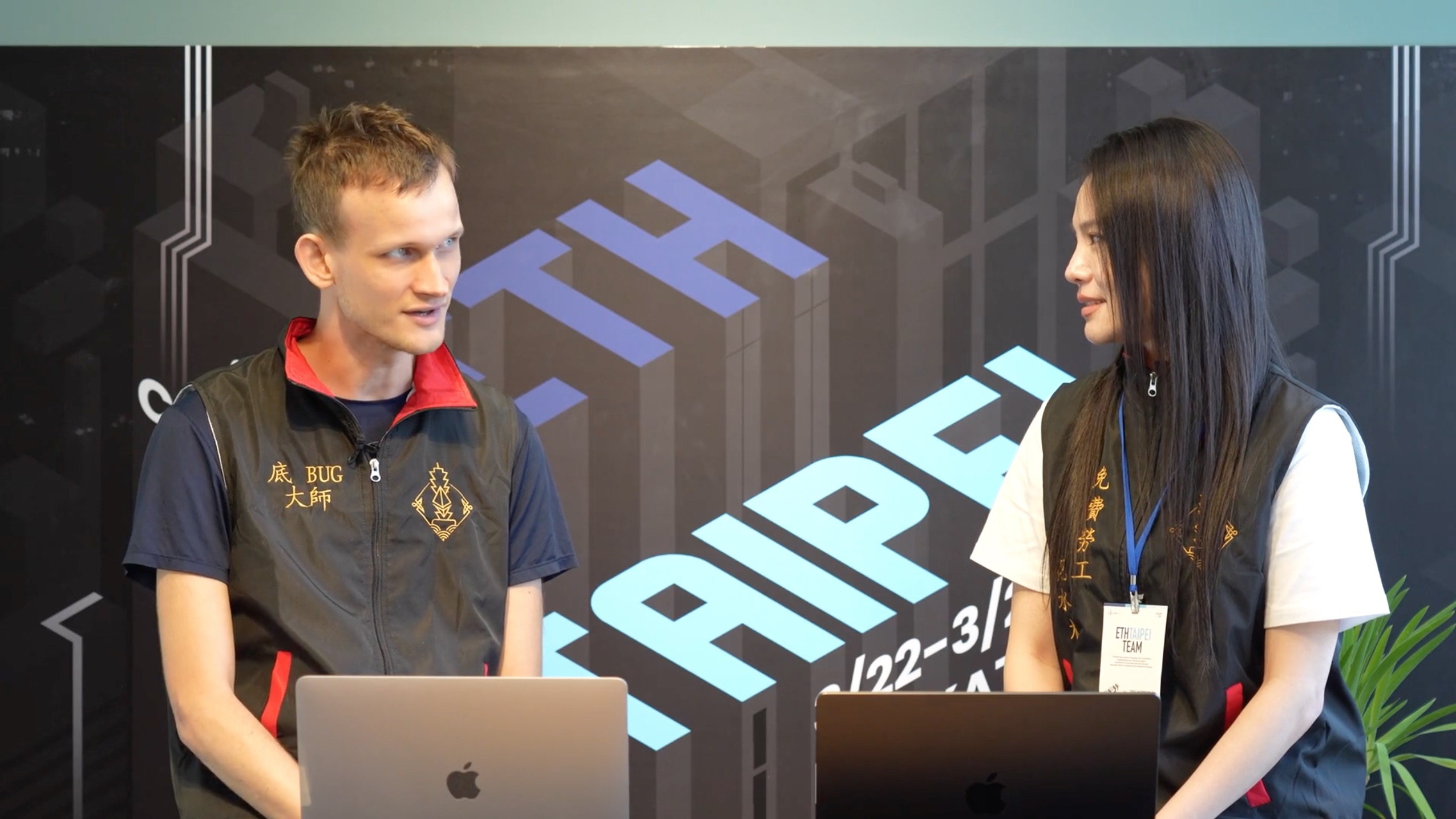
Despite the increase in transaction volume on layer-2 networks since Dencun’s implementation, Buterin and other Ethereum stakeholders anticipated even greater spikes in traffic, considering the dramatic reduction in L2 gas fees. This comes at a time when gas fees on the Ethereum mainnet have surged to levels unmanageable for many retail users.
According to Marius Van Der Wijden, an Ethereum core developer, it might be premature to evaluate the success of blobs, as some layer-2 networks have yet to integrate Dencun. He explained that not all L2s have transitioned to blobs, leaving room for growth.
Van Der Wijden also highlighted the silver lining of relatively low blob usage, which has led to rock-bottom gas fees for layer-2 transactions. However, he acknowledged that increasing demand for blob space could raise layer-2 transaction costs in the future.
In agreement, Buterin emphasized the importance of cheap transaction costs for present-day rollups.
“I do think it is good for present-day rollups that [transaction costs] are very cheap,” he said.
Nonetheless, he expressed anticipation for increased blob usage in the coming months, indicating a positive outlook for the future of layer-2 networks.
“Definitely looking forward to usage going up over the next few months,” he added.






